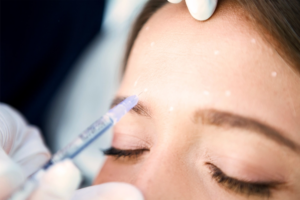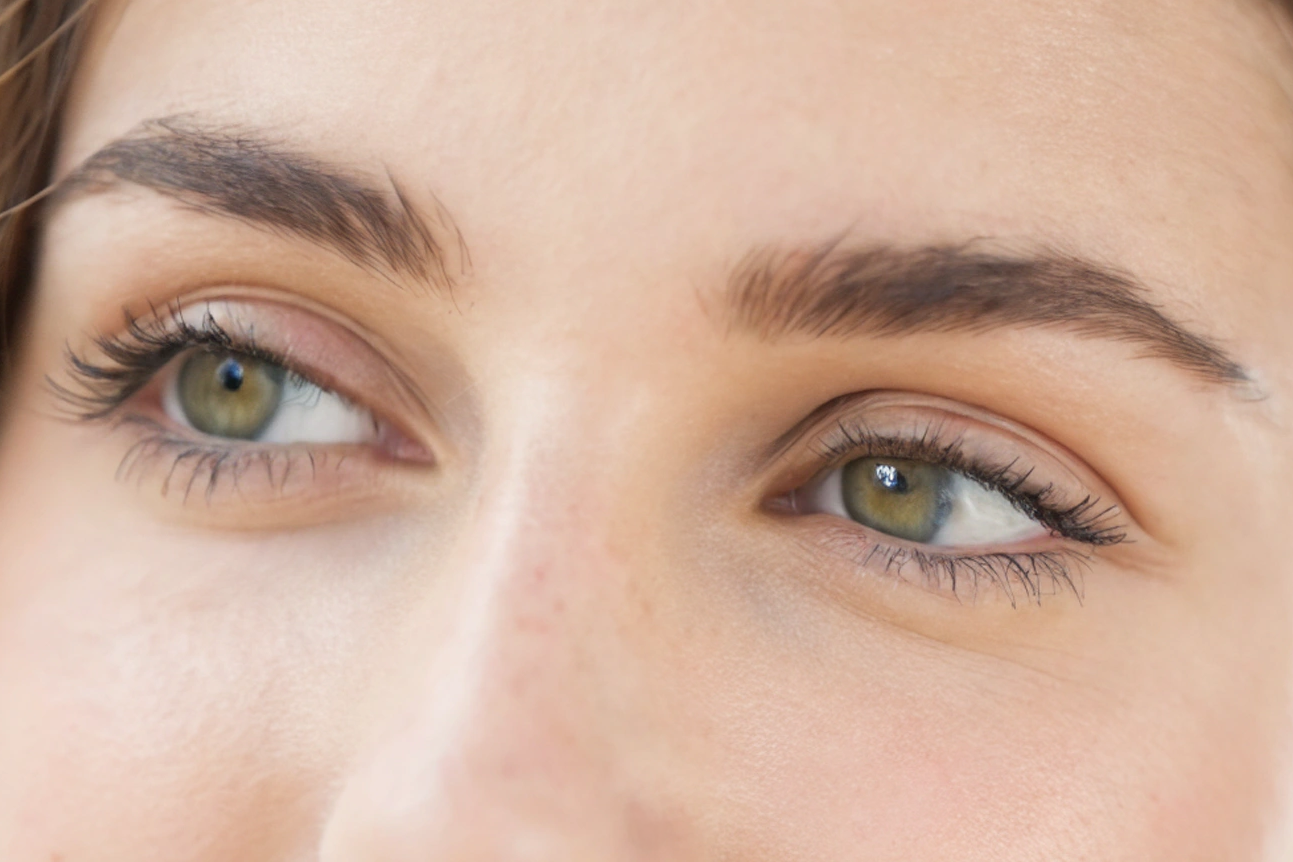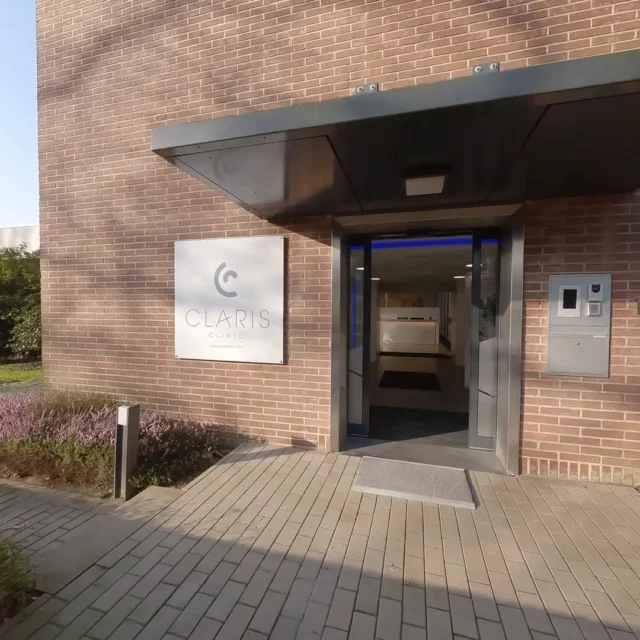Drooping eyelids
Sagging eyelids, resulting from natural aging or an inadequate lifestyle, give a sad, tired look to the face. There are several approaches to treating this phenomenon, depending on the severity of the sagging and personal expectations. Blepharoplasty is commonly used, while other techniques are available for moderate cases.
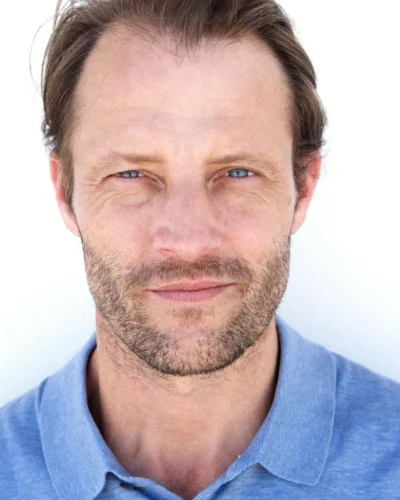
La blépharoplastie
Un candidat à la chirurgie des paupières souffre généralement d’un excès de peau des paupières supérieures ou inférieures entraînant des rides, des poches sous les yeux, ou des troubles de la vision. Ce problème est généralement résolu par une chirurgie de blépharoplastie, dont les cicatrices sont quasiment invisibles.
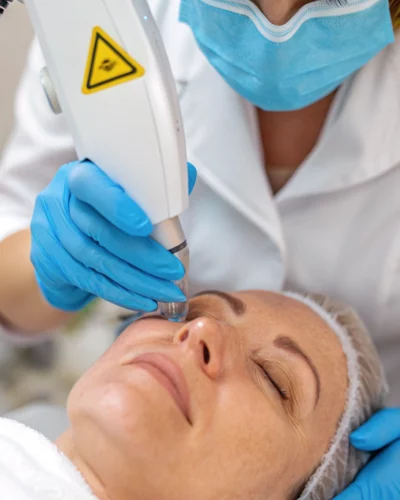
Laser CO2
Le laser CO2 est une technique non invasive qui permet de réduire les rides du visage et les irrégularités de la peau, telles que les imperfections ou les cicatrices d’acné. Le laser dirige des faisceaux lumineux concentrés sur la peau irrégulière, éliminant les zones sélectionnées couche par couche.
The benefits of droopy eyelid treatments
- Improved vision: Clears obstructed visual fields
- Rejuvenated look: Reduces tired, sad appearance
- Durable solutions: long-lasting results with discreet scars
- Various options: Surgery or non-invasive treatments as required
- Targeted rejuvenation: CO2 laser and injections for natural results
- Facial harmony: Balances the eye area
- Rapid recovery: Modern methods with few side effects
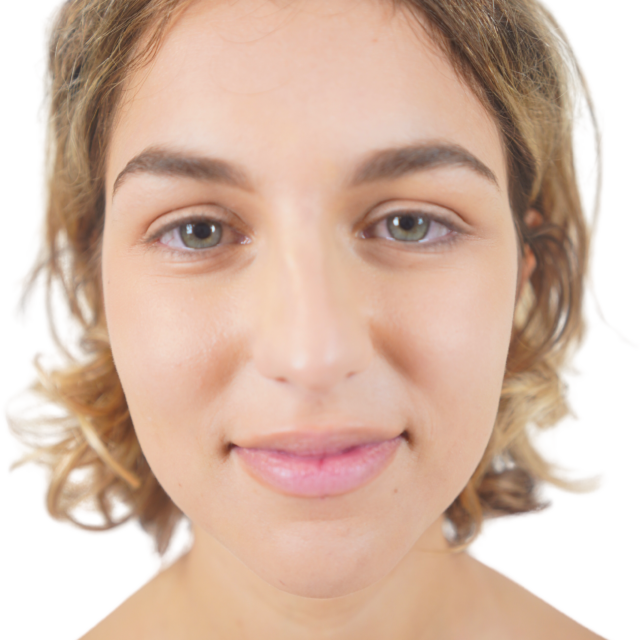
Frequently asked questions?
What causes droopy eyelids?
In the majority of cases, eyelid sagging is due to aging of the skin, and occurs from the age of 50 onwards. The skin around the eyes, and particularly the eyelids, is the thinnest on the face, and therefore also the most fragile.
In concrete terms, the levator muscle, which activates eyelid movement, can be affected by wear and tear over time, even if it’s perfectly healthy. If this is the case, the muscle can no longer fully actuate eyelid movement, and the eyelid can no longer open or close completely.
Skin and muscle aging is accelerated by a poor lifestyle. A poor diet, alcohol consumption, smoking and lack of sleep all have a negative impact on tissue development over time.
Sagging eyelids, also known as ptosis or palpebral ptosis, are sometimes accompanied by excess skin, also due to aging, which can cause even greater visual discomfort.
While there is no particular danger associated with drooping eyelids, the visual discomfort can be significant, even disabling in the most advanced cases. What’s more, the aesthetic appearance of drooping eyelids makes the eyes look tired and aged, no longer emphasized.
In some cases, eyelid drooping can occur much earlier, and may be linked to a failed levator muscle from birth, or to a neurological problem affecting nerve transmissions.
How can you prevent them?
Sagging eyelids are often linked to a recurring genetic mark in the family environment, against which it is impossible to act. However, it is possible todelay its appearance by protecting the skin. Good moisturizing, a balanced, alcohol- and tobacco-free diet, and sufficient hours of sleep all help to strengthen the skin over the long term. Eyelids are particularly sensitive to this condition, due to their thinness.
While it’s impossible to change a genetic predisposition or stop the natural aging of the skin, several factors contribute to accentuating its effects. It is therefore possible to delay and limit eyelid sagging by paying attention to the following points:
- Tobacco: tends to slow down blood circulation in facial skin, accelerating aging.
- Alcohol: Its main effect on the skin is dehydration, which damages its protective layer. As this layer is already very thin on the eyelids, the skin can become extremely fragile.
- Sleep: lack of rest is a problem encountered by the majority of adults, while the long-term consequences are largely visible on the face, particularly on the eyelids.
Lifestyle as a whole has a major influence on facial aging, even if the effects are not always immediately visible. Accumulated fatigue and prolonged dehydration weaken the skin over the long term, and will only have visible effects after several years.
Why do eyelids droop?
Sagging eyelids are a natural phenomenon that occurs over time. With age, the lift muscle weakens, and excess skin can appear, contributing to drooping eyelids. This sagging is often linked to genetic predisposition.
How can droopy eyelids be treated?
Every case is different, and every patient’s care is entirely personalized. During the initial consultation, the doctor will define your expectations with you, and the best possible solutions to meet them.
Each step is then adapted to your profile and medical history. Depending on the treatment, preparation and convalescence protocols may vary considerably, but support remains the same until the final result is achieved.
How much does a droopy eyelid correction cost?
- Cosmetic surgery: blepharoplasty. The most common eye surgery procedure, blepharoplasty removes excess skin from the eyelids. It can benefit anyone experiencing physical or purely aesthetic discomfort. Vision can be impaired by eyelids that have become too heavy and impossible to open fully. Moreover, drooping eyelids tend to give a sad, tired look to the eyes by partially covering them. Blepharoplasty leaves no visible traces, only almost invisible scars hidden inside the eyelid or at the level of the eyelashes.
- An initial consultation with a doctor is essential to define your needs and expectations. The doctor takes into account your medical history and all relevant factors to propose the solution best suited to your profile.
- Aesthetic medicine: other techniques. Many other less invasive solutions are available for those who don’t want or need surgery. A slight drooping of the eyelids does not necessarily require surgery.
- By stimulating the skin’s natural collagen and melanin production process, the CO2 laser offers visible rejuvenation that can be maintained over time with appropriate care. In addition to being non-invasive, the laser guarantees a very low risk of unforeseen side effects.
- Hyaluronic acid or botulinum toxin injections can also be used, to harmonize volumes by filling in fine lines and relaxing the muscles that cause expression lines such as crow’s feet. The entire eye area is rejuvenated and appears more soothed.
These techniques can be extended to the whole face, or targeted on other specific areas. This decision is taken jointly with a doctor during a preliminary consultation. This initial meeting is essential, so that you can precisely define your expectations and needs according to your situation, and benefit from the advice of a doctor specializing in facial care and surgery.
How is care provided?
The price of a procedure logically depends on its complexity, and can vary considerably depending on the protocol established with the doctor. As a rough guide, you should expect to pay around €500 for CO2 laser treatment of the eyelids, and around €350 for hyaluronic acid injections. An estimate for blepharoplasty can only be drawn up after an initial consultation.


